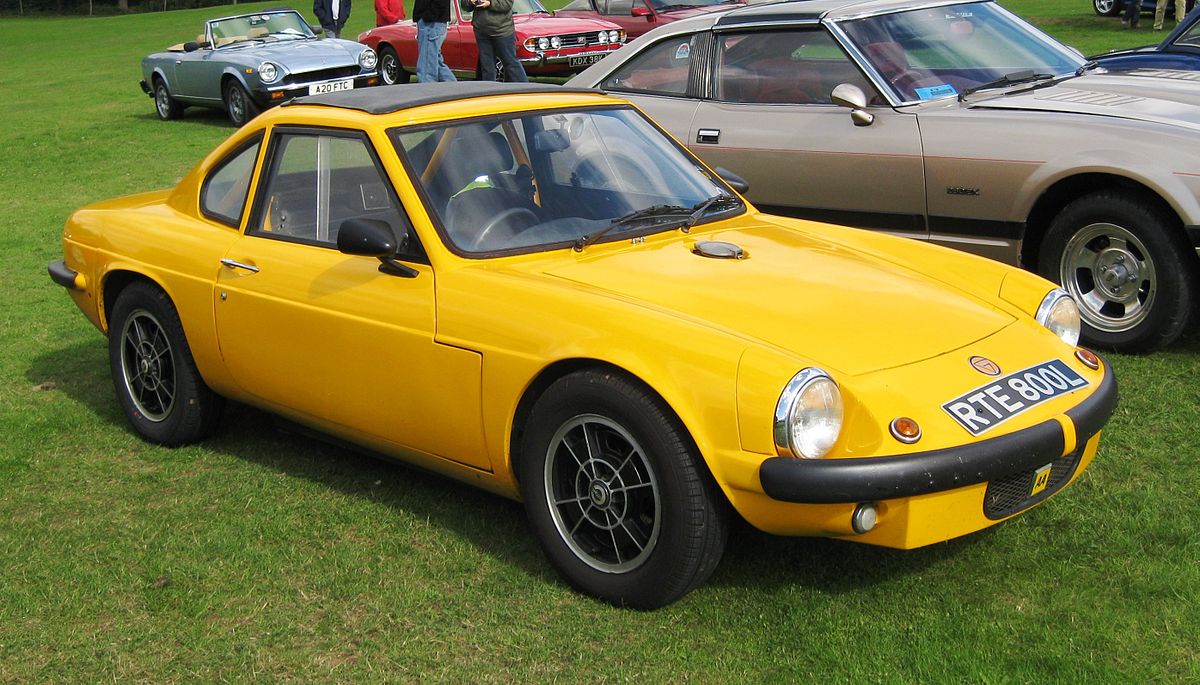In a list that is almost as long as your arm, amid a pungent reek of curing glassfibre and either metal welding, or woodworking, a plethora of small volume car-builders worked from domestic garages, from below railway arches and from outlying disused RAF airfield buildings to provide a car-hungry, 1950s customer base with affordable transport. Some were significantly better at the task than others and they would survive, despite changing legislation, the impact of safety and the omnipresent spectre of environmentalism.

Founded in 1958 by the four Walklett brothers, Bob, Ivor, Trevers and Douglas, in Suffolk, Ginetta’s first product was called Fairlight, which was a glassfibre bodyshell ready to attach to a Ford 8hp, or 10hp chassis. It cost a princely £49, or a month’s salary to an average working man. G2 came next, a tubular-spaceframed kit-car, with an aluminium body, designed to take Ford mechanical components.
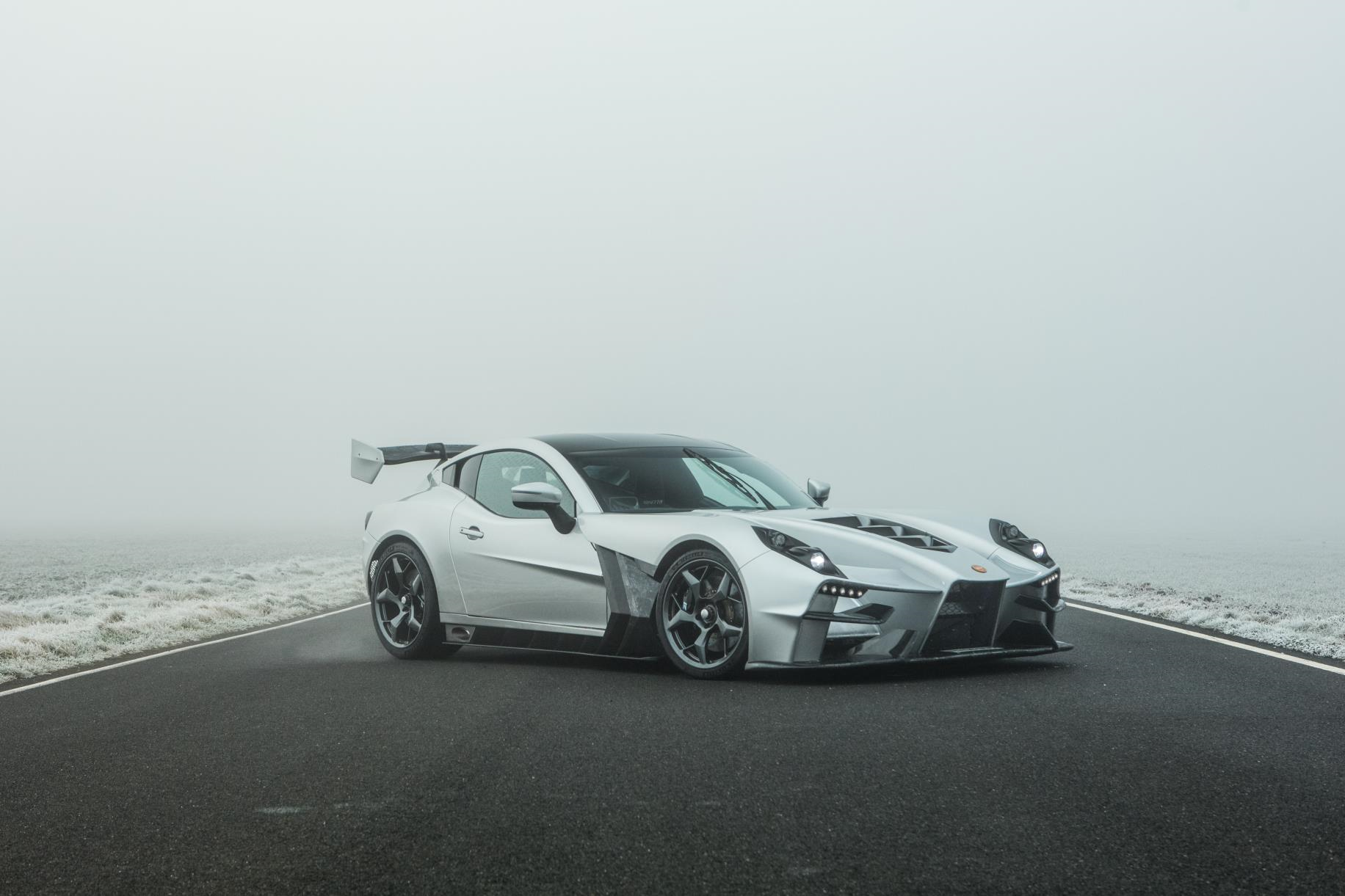
Both G2 and later G3 were designed with racing in mind but the G4 of 1961 was the firm’s first multiple-use road car. In 1967, taking the Hillman Imp rear-engine installation as its inspiration, the very pretty G15 model was introduced. It was Ginetta’s first fully Type-Approved sportscar. A larger G21 model of 1970, more conventionally front-engined, with rear-wheel-drive, used either a Hillman Hunter engine, or a 3.0-litre V6 from a Ford Capri.
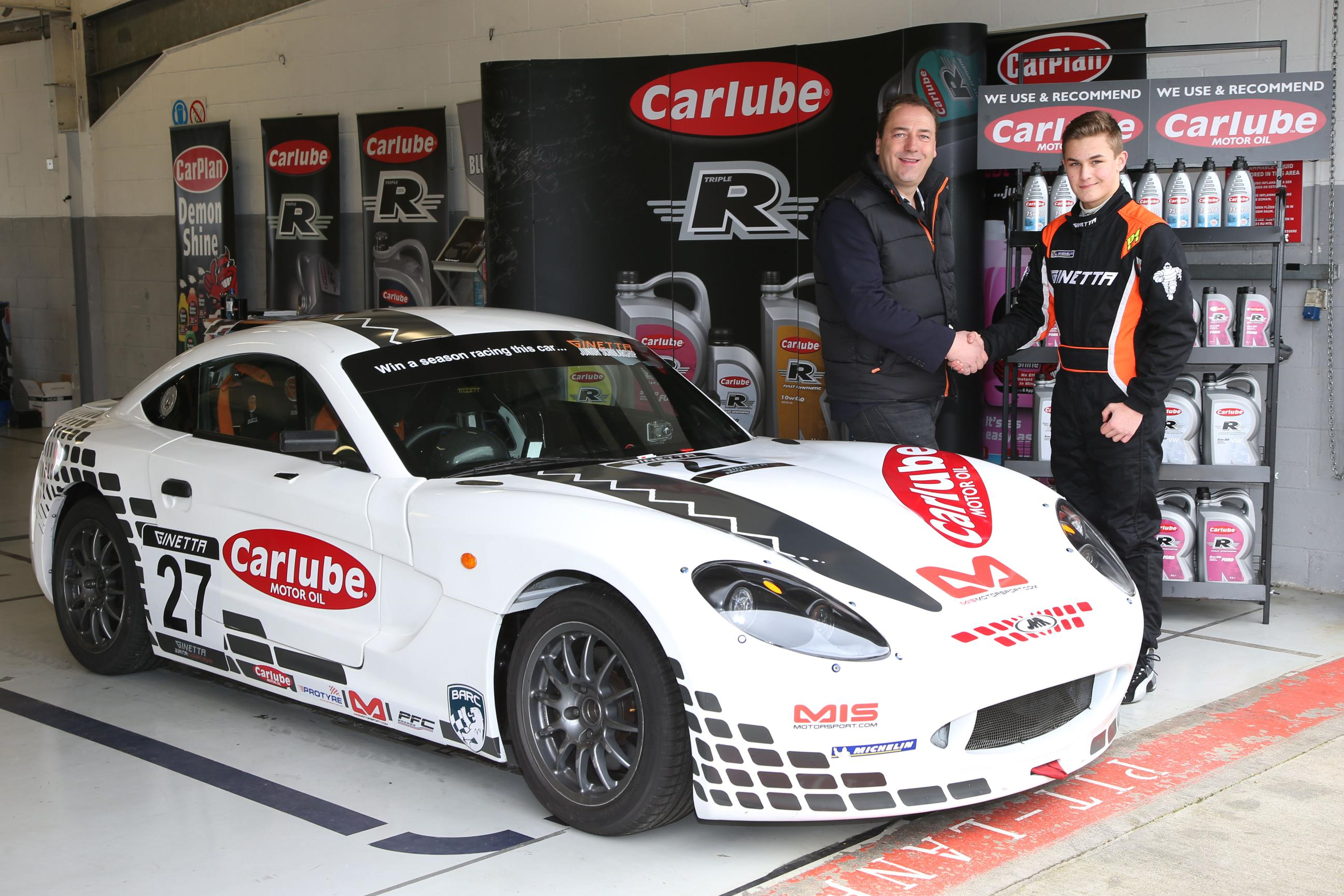
By 1988, aided by a government grant to create work potential for ex-British Steel employees, Ginetta relocated to Scunthorpe. Little more than a year later, with the brothers seeking to retire, they sold the company to Sheffield entrepreneur, Martin Phaff, who was also a long-time fan of the brand. Martin managed very successfully to kickstart the Ginetta racing championship, which would follow a model established by another British small-volume specialist, Caterham Cars.
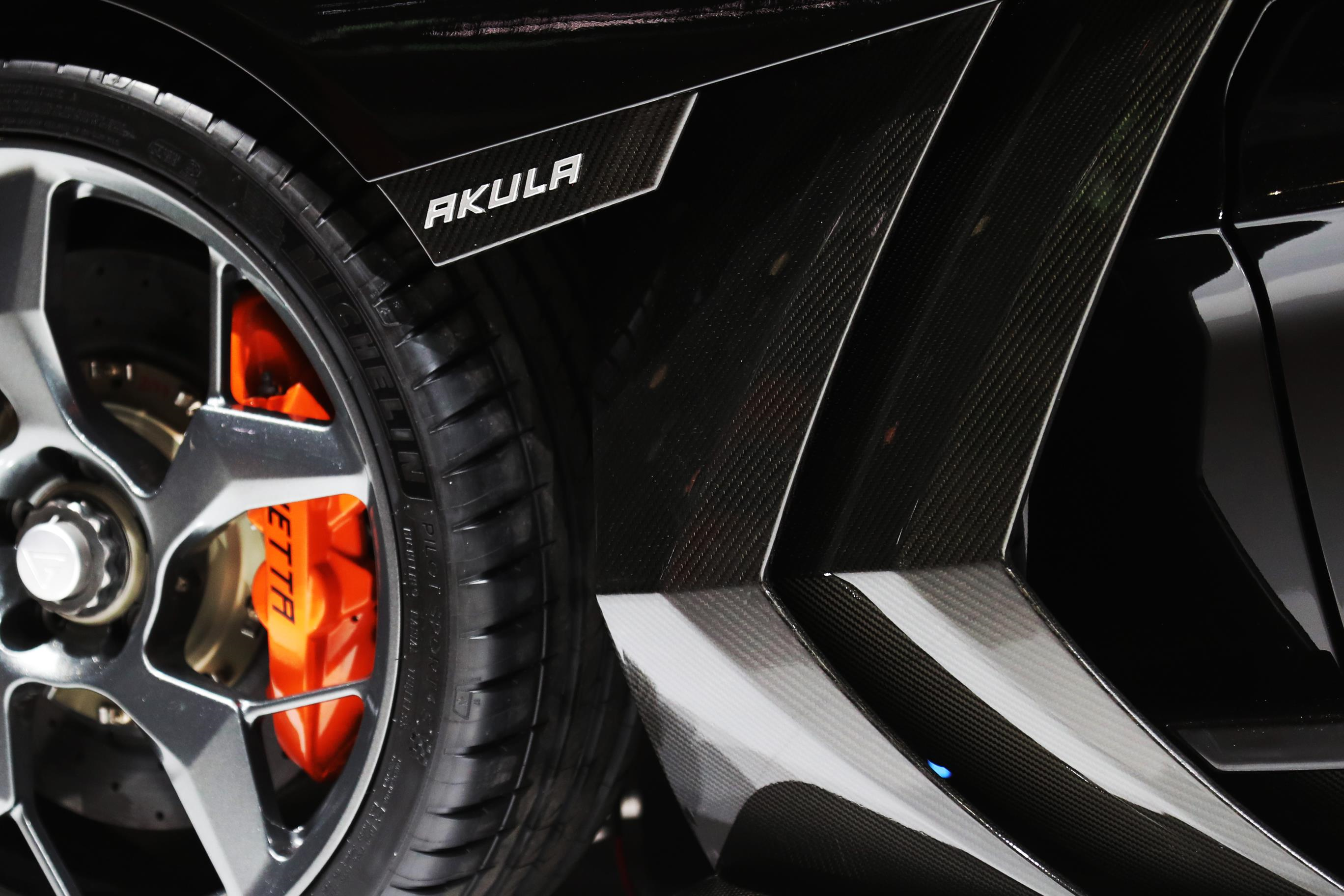
Lawrence Tomlinson, a Leeds-based engineer and racing driver, acquired Ginetta in 2005, through his company LNT Automotive. Production was relocated to Leeds two years later. The new G50, powered by a 3.0-litre, 304bhp V6 engine, enjoyed instant success in the GT4 racing class, helping it to become a best-seller for the firm.

In 2010, an entirely new and safer G40J model was introduced to replace the former G20 racing car. Since then, it has formed the basis of the Ginetta Junior race series for teenage drivers that provides thrilling support races for the British Touring Car Championship series.
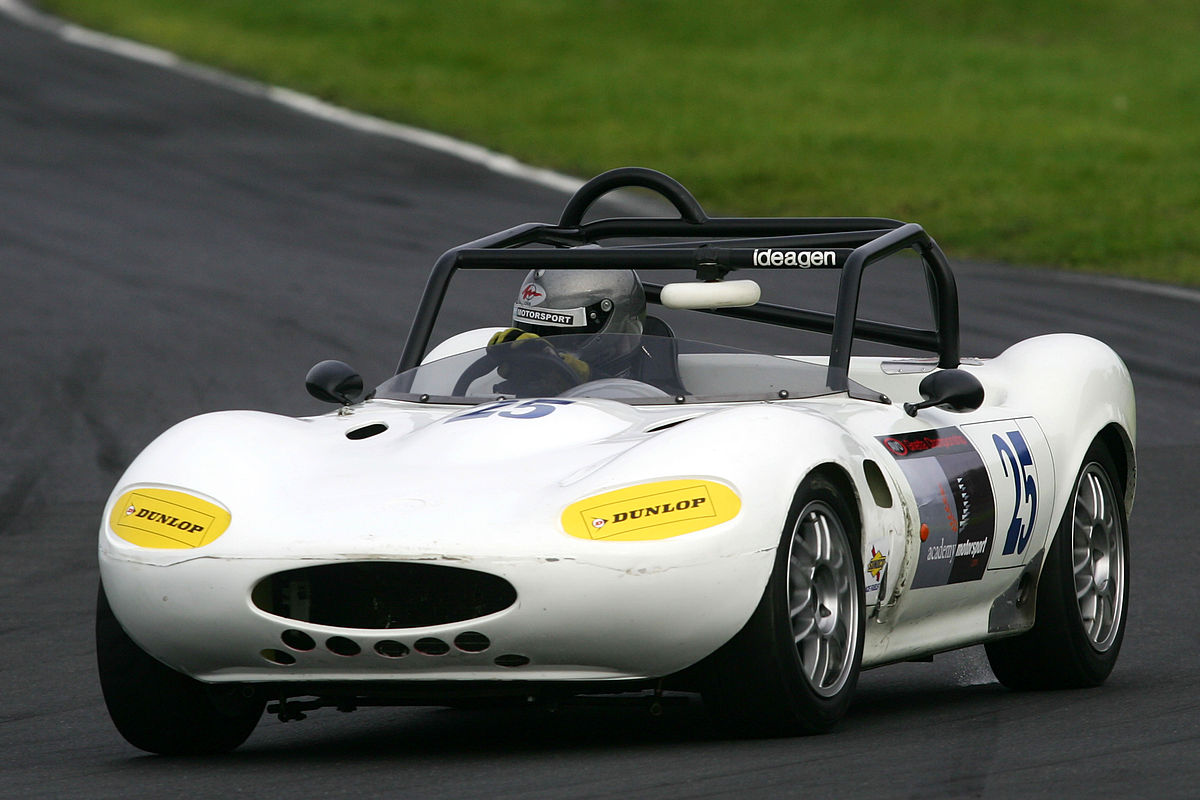
At the 2019 Geneva Motor Show, Ginetta unveiled its first 600bhp production supercar, Akula, in strictly limited-edition form (20 units annually) it sells for £340,000 and 60% of the allocation had already been sold prior to its reveal. With the firm’s G58 Prototype (Le Mans style car) generating additional publicity for the marque, Ginetta’s future looks to be in great hands.
